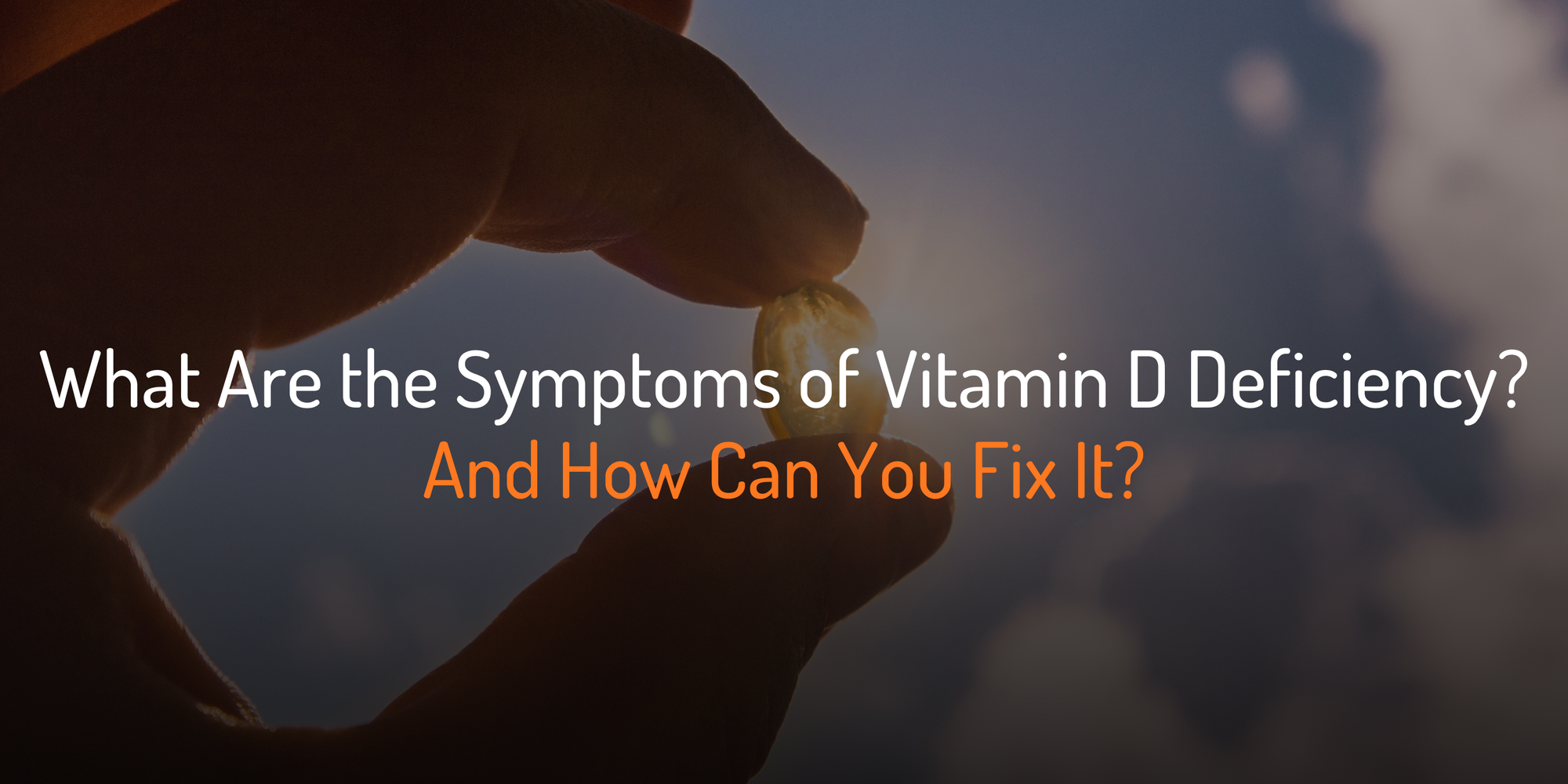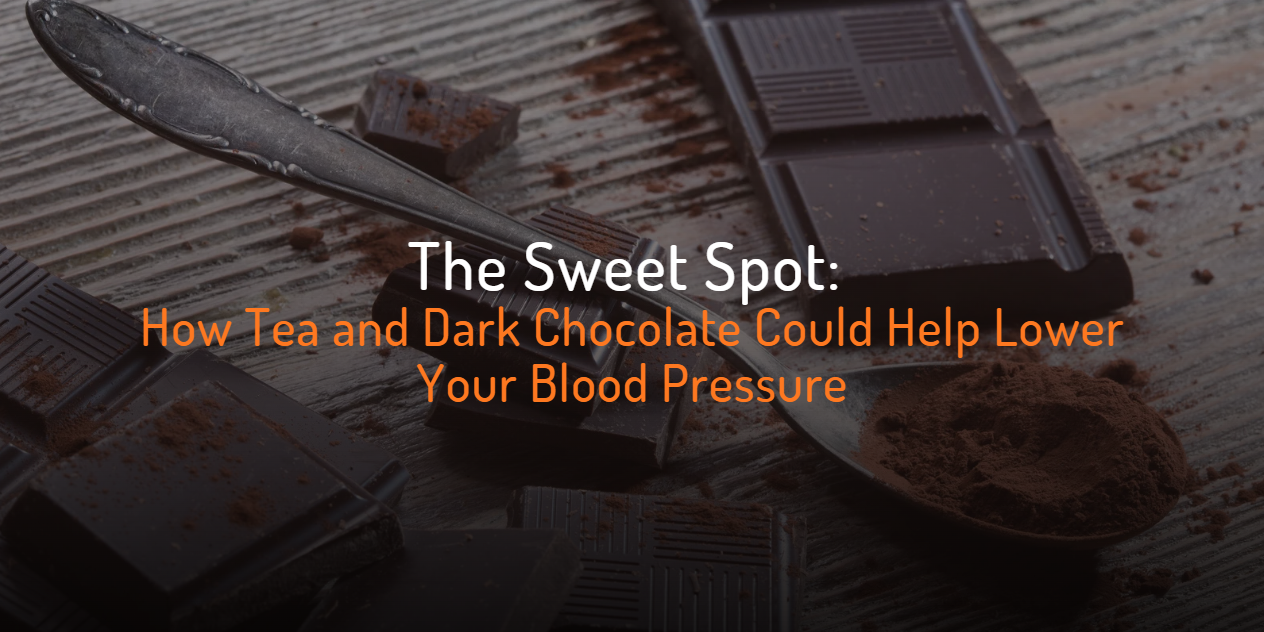

Chanel Willemse
General Manager
9 April, 2025
Picture this: you’re constantly tired, your muscles feel like they’ve run a marathon (even if you haven’t), and you can’t seem to dodge the sniffles. Sound familiar? It could be your body waving a big, neon sign that says, “More vitamin D, please!”
Vitamin D, aka the "sunshine vitamin," is the ultimate multitasker – it keeps your bones strong, your immune system sharp, and even your mood in check. But here’s the kicker: despite its sunny nickname, getting enough vitamin D isn’t as simple as stepping outside for a few minutes.
In today’s world of desk jobs, Netflix marathons, and SPF obsession (yes, we said it), vitamin D deficiency is more common than you think – even in sunny places. But don’t worry; we’ve got you covered.
Let’s dig into the signs your body might be running low on this superstar nutrient, why it’s so easy to miss, and the simple steps to get your levels back on track. Ready? Let’s shine some light on it!
Why Do We Need Vitamin D, Anyway?
Vitamin D is like the overachiever of the nutrient world – constantly multitasking and excelling at it. It’s best known for helping your body absorb calcium and phosphorus, which are essential for strong bones and teeth. But that’s just the start of its résumé:
- Boosts Your Immune System: Think of vitamin D as your immune system’s personal bodyguard, helping it fend off invaders like colds, flu, and other nasties.
- Supports Muscle Function: It plays a crucial role in muscle contraction and repair, keeping you strong and mobile.
- Balances Your Mood: Low levels of vitamin D have been linked to mood disorders like depression, particularly during less sunny seasons (hello, winter blues).
- Promotes Heart Health: Studies suggest that vitamin D may help regulate blood pressure and reduce the risk of heart disease.
Why Are So Many People Deficient?
Here’s the irony: vitamin D is called the “sunshine vitamin,” yet many of us are walking around with levels as dim as a cloudy day. Why?
- Indoor Lifestyles: Between work, binge-watching, and gym sessions, we spend more time indoors than ever before.
- Sunscreen Use: While sunscreen is essential for skin protection, it blocks UVB rays, which your body needs to produce vitamin D.
- Dietary Limitations: Vitamin D isn’t abundant in most foods. Fatty fish, egg yolks, and fortified products are the main sources – not exactly staples in every diet.
- Age and Skin Tone: As we age, our skin’s ability to synthesise vitamin D decreases. Similarly, darker skin tones contain more melanin, which reduces vitamin D production.
How to Test for Vitamin D Deficiency
If you’re wondering whether you’re running low on the “sunshine vitamin,” the best way to know for sure is to test your vitamin D levels.
Am I Low on Vitamin D? Check the Symptoms
Vitamin D deficiency isn’t one to throw tantrums; it’s more like a quiet troublemaker, subtly affecting your body until you’re left wondering why you just don’t feel like yourself. Here are some of the tell-tale signs:
-
Bone and Muscle Pain
Got aches that make you feel older than your years? Persistent back pain, sore muscles, or general stiffness could mean your bones and muscles are crying out for vitamin D. Without enough of it, your body struggles to maintain bone density and proper muscle function, leaving you prone to discomfort and weakness. -
Constant Fatigue
If you’re waking up tired no matter how much you sleep, it might not just be a busy schedule. Low vitamin D can mess with your energy levels by impairing the way your muscles and cells generate energy. Think of it as running on an empty tank, even after a good night’s rest. -
Getting Sick All the Time
Feeling like you’re a magnet for every bug out there? Vitamin D plays a key role in fortifying your immune system. It activates cells that defend against infections, meaning low levels can leave you more vulnerable to colds, flu, and other illnesses. -
Mood Swings or the Blues
Ever feel like the gloomy weather has taken up permanent residence in your mood? Vitamin D influences serotonin production – your brain’s feel-good chemical. Low levels can contribute to mood dips, irritability, and even depression, particularly during less sunny months. -
Hair Thinning or Shedding
While it’s not the only culprit behind hair loss, severe vitamin D deficiency has been linked to weaker hair follicles. If your brush is looking fuller than usual, your body might be giving you a not-so-subtle nudge to check your vitamin D levels.
Testing Methods
Testing for vitamin D is straightforward and can be done through a simple blood test. Here’s what to expect:
The 25-Hydroxy Vitamin D Test
This is the most common and accurate test for determining your vitamin D levels. It measures the amount of 25-hydroxyvitamin D (25(OH)D) in your blood – the primary form of vitamin D circulating in your body.
- Normal Levels: 30–50 ng/mL (nanograms per millilitre).
- Deficiency: Below 20 ng/mL is considered deficient.
- Insufficient: 21–29 ng/mL is considered insufficient.
Where to Get Tested
- Through Your Doctor: A healthcare professional can order the 25(OH)D test during a routine check-up, especially if you’re showing symptoms.
- Home Testing Kits: Many companies offer at-home testing kits where you can take a finger-prick blood sample and send it to a lab. These are convenient but may not always be covered by insurance.
- Health Clinics or Pharmacies: Some clinics and pharmacies offer quick, in-person vitamin D testing.
What Can You Do About It?
The great news? Fixing a vitamin D deficiency isn’t rocket science – with a few simple tweaks, you can boost your levels and feel the difference. From soaking up the sunshine to tweaking your diet, here’s how to give your body the vitamin D love it deserves.
1. Soak Up the Sunshine (Safely!)
Let’s get one thing clear: you don’t need to spend hours baking in the sun to get your dose of vitamin D. Just 10–30 minutes of sun exposure a few times a week can do wonders.
The Sweet Spot:
- Aim for mornings or late afternoons when UV rays are less intense.
- Expose your skin (think arms and legs) without sunscreen for a short time – but don’t skip sunscreen if you’ll be out for longer!
Fun Fact: The sunniest months (spring and summer) are prime vitamin D production times. During autumn and winter, sunlight may not be enough in some regions, making other strategies crucial.
2. Add Vitamin D-Rich Foods to Your Plate
Food might not be your main source of vitamin D, but it’s a fantastic supporting act. Here are some vitamin D-packed options to add to your diet:
Seafood Stars
- Salmon: A single serving of wild salmon packs over 100% of your daily vitamin D needs.
- Mackerel and Sardines: Tiny but mighty, these fish are full of flavour and vitamin D.
- Cod Liver Oil: It’s not just an old-school remedy – this powerhouse oil is brimming with vitamin D and omega-3s.
Everyday Essentials
- Egg Yolks: Don’t fear the yellow bit! Egg yolks are a natural source of vitamin D.
- Mushrooms: The plant world’s vitamin D champ – especially varieties exposed to UV light.
Fortified Foods
Some foods are fortified with vitamin D to help you meet your needs, including:
- Milk and plant-based alternatives like soy or almond milk.
- Certain cereals (just check the label to avoid added sugars).
- Orange juice with added vitamin D.
3. Consider a Vitamin D Supplement
Sometimes, diet and sunlight alone aren’t enough – and that’s okay! A high-quality vitamin D supplement can fill the gaps and ensure you’re getting what your body needs.
Finding Your Dose
- The recommended daily allowance (RDA) for vitamin D is 600–800 IU for most adults.
- If you’re deficient, higher doses might be required temporarily – always check with a healthcare professional first.
Don’t Overdo It
Too much of a good thing can backfire. Excess vitamin D can cause issues like nausea, weakness, and kidney problems. Stick to the recommended dose unless otherwise advised.
4. Think Personalised Nutrition
Here’s the thing: your vitamin D needs are unique. Factors like your skin tone, age, location, and lifestyle all affect how much you need. That’s why personalised nutrition is such a game-changer.
At Vitamin Club, we make getting the right nutrients easy. Our personalised vitamin plans are tailored to your body’s unique requirements, taking the guesswork out of supplementation.
💡 Ready to take control of your health? Take our Personalised Vitamin Quiz and find out exactly what your body needs to thrive.
Final Thoughts
Vitamin D might be the sunshine vitamin, but its benefits go far beyond sunny days. If you’ve been feeling off – tired, achy, or just a little blah – it might be worth checking your levels.
The good news? With a few tweaks to your lifestyle and a personalised approach to nutrition, you can get back to feeling energised, strong, and ready to tackle whatever life throws your way.

